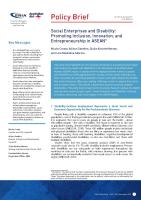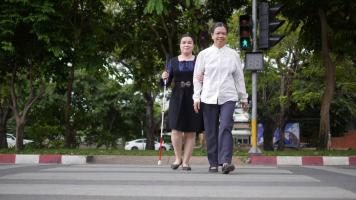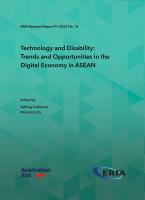Website tools help address the needs of the motor impaired, blind, color blind, and visually impaired, as well as those with dyslexia, ADHD, cognitive and learning disabilities, seizure, and other epileptic issues.
The Asian Development Bank’s (ADB) Southeast Asia Development Solutions (SEADS) website is enhancing its accessibility for persons with disabilities.
Around 70% of people with disabilities live in Asia and the Pacific—about 690 million people. This number is expected to increase as the region’s population ages: more than half of all people with disabilities are over 60 years old, and by 2050 one in four people in the region will be over 60. People with disabilities in the region disproportionately face social exclusion, increased inequality, and extreme poverty.
By adding accessibility tools on its website, ADB SEADS seeks to support the active participation and empowerment of people with disabilities.
ADB SEADS will formally launch the UserWay accessibility widget on 7 December to mark the International Day of People with Disabilities on 3 December. The widget provides a range of accessibility tools as well as language translation features. The long-term goal is still to make the ADB SEADS website’s accessibility features available natively on the site.
Found on the top right corner of the page, the accessibility widget helps address the needs of the motor impaired, blind, color blind, and visually impaired, as well as those with dyslexia, ADHD, cognitive and learning disabilities, seizure, and other epileptic issues.
The widget also supports translation for more than 50 languages, including Bahasa Indonesia, Tagalog, Thai, and Vietnamese, to name a few.
Users can activate the features they want to use by clicking the accessibility icon. Typing CTRL+U also brings up the menu.
The top menu option allows users to access translation services. The translation menu lists the languages available, but there is also a search function for easier navigation.
The menu features accessibility profiles, which are set up depending on the different needs of the user.
Some of the features include a screen reader, bigger text, high saturation, and a big cursor, for the blind or visually impaired; special fonts and other customization options to help alleviate distractions to improve reading comprehension for those with dyslexia or ADHD; and smart contrast to help improve reading experiences for those with cognitive and learning issues, among others.
To help us further improve accessibility on the ADB SEADS website, please e-mail us your feedback at seads@adb.org.


